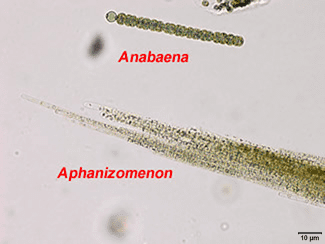Scientific name Aphanizomenon Rank Genus | Family Nostocaceae Higher classification Nostocaceae | |
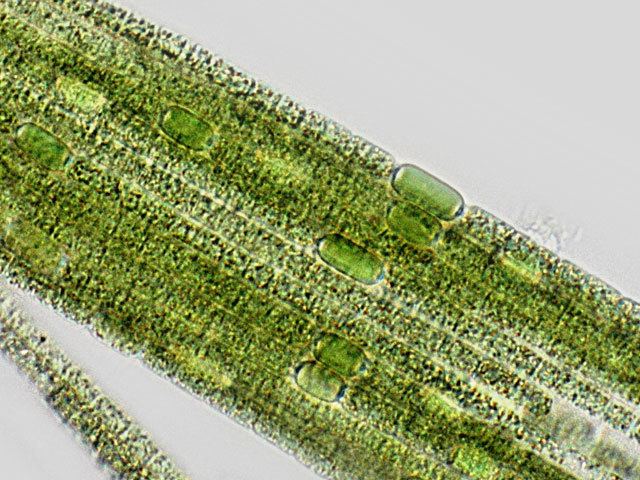 | ||
Similar Aphanizomenon flos‑aquae, Blue‑green bacteria, Anabaena, Microcystis, Cylindrospermopsis | ||
Aphanizomenon is an important genus of cyanobacteria that inhabits freshwater lakes and can cause dense blooms. Studies on the species Aphanizomenon flos-aquae have shown that it can regulate buoyancy through light-induced changes in turgor pressure. It is also able to move by means of gliding, though the specific mechanism by which this is possible is not yet known.
Contents
- What is aphanizomenon flos aquae afa
- Overcoming phosphate limitation
- Nitrogen fixation
- Toxin production
- Colony formation
- References
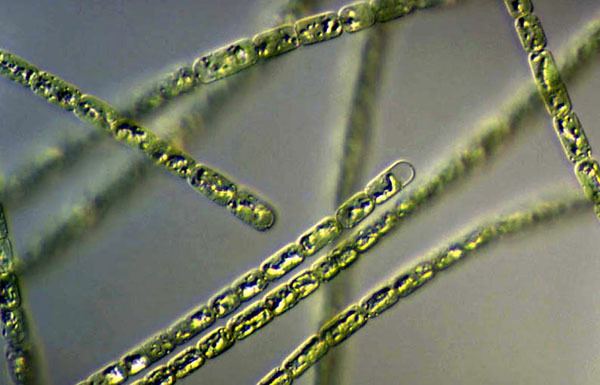
What is aphanizomenon flos aquae afa
Overcoming phosphate limitation
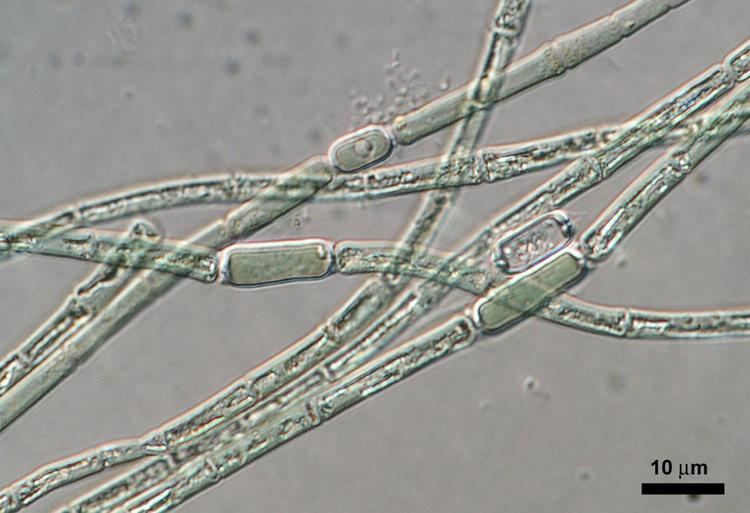
Aphanizomenon may become dominant in a water body partially due to their ability to induce phosphate-limitation in other phytoplankton while also increasing phosphate availability to itself through release of cylindrospermopsin. The cylindrospermopsin causes other phytoplankton to increase their alkaline phosphatase activity, increasing inorganic phosphate availability in the water to Aphanizomenon during times when phosphate becomes limiting.
Nitrogen fixation
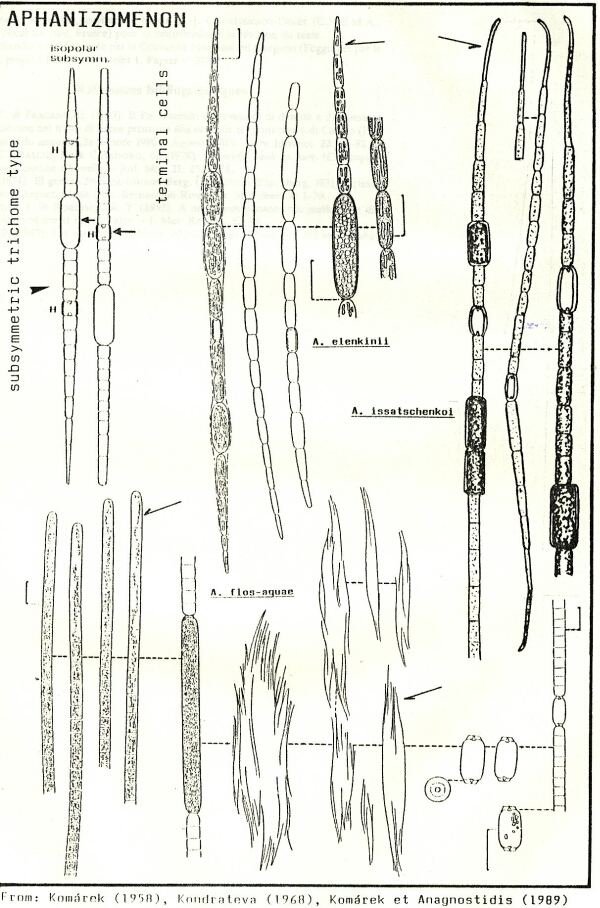
Aphanizomenon is capable of producing biologically-useful nitrogen (ammonium) by the process of nitrogen fixation from atmospheric nitrogen by use of specialized cells called heterocysts.
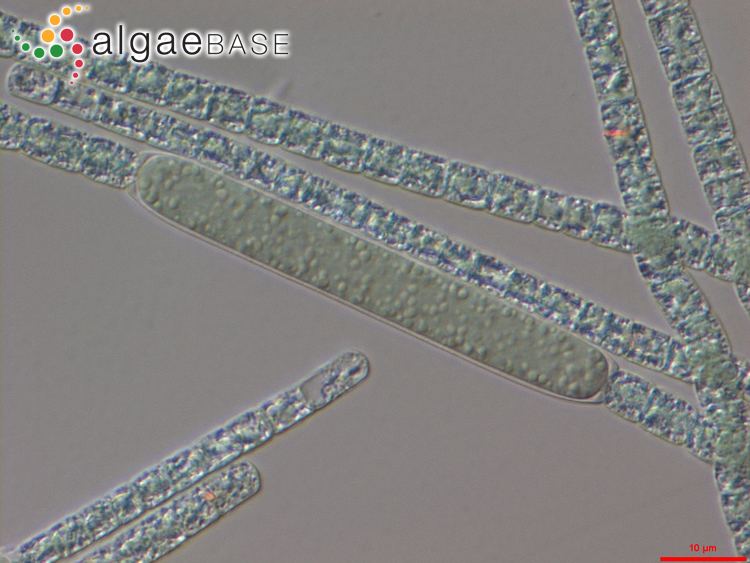
A large proportion (between 35-50%) of fixed nitrogen may be released into the surrounding water, providing an important source of biologically-available nitrogen to the ecosystem.
Toxin production
Aphanizomenon species may produce cyanotoxins aside from cylindrospermopsin, including anatoxin-a, saxitoxin and BMAA.
Colony formation
Aphanizomenon may form large colonies as a defense against herbivore grazing, especially Daphnia in freshwater.

